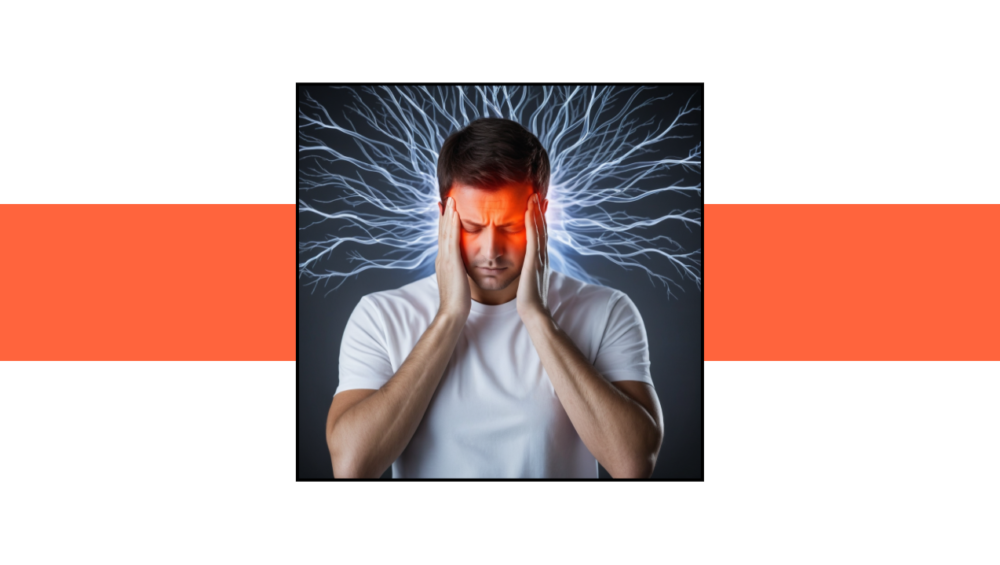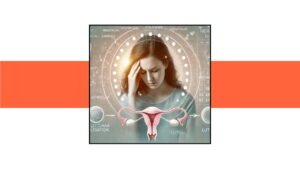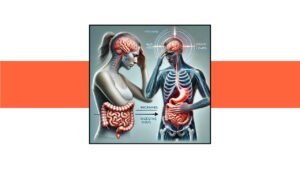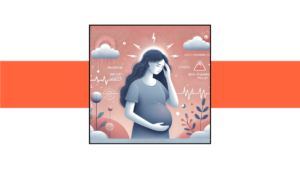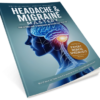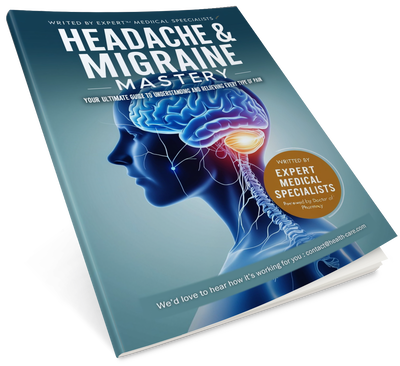Migraines are a common affliction, affecting millions worldwide. However, there’s a specific subset known as “migraine with aura” that remains shrouded in mystery for many. This blog will guide you through the intricate nuances of this condition, providing answers to questions you might not even know to ask.
Migraines are a common affliction, affecting millions worldwide. However, there’s a specific subset known as “migraine with aura” that remains shrouded in mystery for many. This blog will guide you through the intricate nuances of this condition, providing answers to questions you might not even know to ask.
Introduction: What Is a Migraine with Aura?
Migraines are severe headaches often accompanied by other symptoms like nausea and sensitivity to light. But what exactly is a “migraine with aura”? This term refers to migraines that are preceded or accompanied by sensory disturbances known as auras. These can include visual phenomena like seeing flashes of light, zigzag patterns, or even temporary loss of vision.
The Aura: More Than Just Visual Disturbances
Auras are not limited to visual disturbances; they can also manifest as sensory, motor, or speech disturbances. For example, some people experience tingling in the hands or face, difficulty speaking, or even temporary muscle weakness. Understanding these auras is crucial to comprehending the full scope of migraine with aura.
The Prevalence and Impact of Migraine with Aura
Statistics and Demographics
Migraines, including those with aura, affect about 12% of the population. Women are three times more likely to suffer from migraines than men, and about one-third of those with migraines experience aura. Despite these numbers, many sufferers remain undiagnosed or misdiagnosed, highlighting the need for greater awareness and understanding.
The Personal Impact
For those affected, migraine with aura can be debilitating. The unpredictability of aura symptoms can be particularly distressing, as they often interfere with daily activities. The fear of an impending migraine can also lead to anxiety and a reduced quality of life.
What Causes Migraine with Aura?
Genetic Factors
Research indicates a strong genetic component to migraines, including those with aura. If you have a family member who suffers from migraines, you are more likely to experience them as well. Specific genetic mutations have been linked to a higher propensity for developing migraines.
Environmental Triggers
While genetics play a significant role, environmental factors can trigger migraines in susceptible individuals. Common triggers include:
- Stress: Both physical and emotional stress can precipitate a migraine.
- Diet: Certain foods and beverages, like aged cheeses, alcohol, and caffeine, are known triggers.
- Sleep Patterns: Irregular sleep, whether too much or too little, can provoke a migraine.
- Hormonal Changes: Fluctuations in hormones, particularly in women, can trigger migraines. This is often observed during menstrual cycles, pregnancy,or menopause.
Neurological Mechanisms
The exact neurological mechanisms behind migraine with aura are still being studied. However, it is believed that changes in brain activity, particularly in the cortex, play a critical role. The phenomenon of cortical spreading depression (CSD) is thought to be a key factor. CSD is a wave of increased and then decreased brain activity that travels across the cortex and is believed to cause the aura symptoms.
Recognizing the Symptoms
Visual Auras
Visual auras are the most common type and can include:
- Scintillating Scotomas: Bright, shimmering lights or shapes that grow and move across the visual field.
- Fortification Spectra: Zigzag patterns resembling medieval fortifications.
- Photopsia: Flashes of light or stars.
Sensory and Motor Auras
Sensory auras may involve tingling or numbness, typically starting in the hand and moving up the arm. Motor auras, though less common, can include temporary weakness or paralysis on one side of the body.
Speech and Language Auras
Some individuals experience difficulty with speech, such as slurred speech or trouble finding words. This can be particularly alarming and is often mistaken for a stroke.
Diagnosis: How Is Migraine with Aura Identified?
Medical History and Symptom Description
The first step in diagnosing migraine with aura is a thorough medical history and detailed description of symptoms. Keeping a headache diary can be extremely helpful in this process, noting the frequency, duration, and characteristics of the migraines and auras.
Diagnostic Tests
While there is no specific test for migraine with aura, certain tests may be conducted to rule out other conditions. These can include:
- MRI or CT Scans: To rule out brain tumors or other abnormalities.
- EEG: To check for epilepsy, which can sometimes present with similar symptoms.
- Blood Tests: To rule out metabolic or other systemic conditions.
Treatment and Management Strategies
Acute Treatments
For immediate relief during a migraine attack, several medications are available:
- Triptans: These are often the first line of treatment and work by constricting blood vessels and blocking pain pathways.
- NSAIDs: Nonsteroidal anti-inflammatory drugs can help reduce pain and inflammation.
- Anti-nausea Medications: These can be particularly useful if nausea and vomiting are present.
Preventive Treatments
For those who experience frequent migraines, preventive treatments can help reduce the frequency and severity of attacks:
- Beta-Blockers: Commonly used for blood pressure control, these can also reduce migraine frequency.
- Antidepressants: Certain types, particularly tricyclics and SSRIs, can be effective.
- Anticonvulsants: Medications typically used for epilepsy can also help prevent migraines.
- CGRP Inhibitors: A newer class of drugs specifically designed to prevent migraines.
Lifestyle and Home Remedies
In addition to medications, certain lifestyle changes can help manage migraine with aura:
- Regular Exercise: Maintaining a regular exercise routine can help reduce stress and improve overall health.
- Healthy Diet: Avoiding known food triggers and eating regular, balanced meals can prevent migraines.
- Hydration: Staying well-hydrated is crucial, as dehydration can trigger migraines.
- Sleep Hygiene: Keeping a regular sleep schedule and ensuring quality sleep can reduce the frequency of migraines.
Living with Migraine with Aura
Coping Strategies
Living with migraine with aura requires a proactive approach to manage and mitigate the impact of migraines on daily life:
- Stress Management: Techniques like yoga, meditation, and deep breathing can help reduce stress.
- Support Groups: Connecting with others who understand can provide emotional support and practical advice.
- Education: Understanding your condition empowers you to take control and make informed decisions about your treatment and lifestyle.
When to Seek Help
It’s essential to seek medical advice if:
- Your migraines become more severe or frequent.
- You experience new or different aura symptoms.
- Your current treatment plan is not effective.
Conclusion: Bridging the Knowledge Gap
Migraine with aura is a complex condition that can significantly impact quality of life. By understanding the symptoms, triggers, and treatment options, sufferers can take proactive steps to manage their condition. This blog aims to bridge the knowledge gap, providing the information necessary to recognize, diagnose, and treat migraine with aura effectively.
Remember, while this information is comprehensive, it’s always essential to consult with a healthcare professional for personalized advice and treatment. Your journey with migraine with aura doesn’t have to be a solitary one—support and effective management strategies are available to help you lead a fulfilling life.

